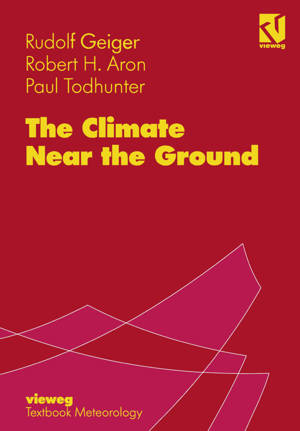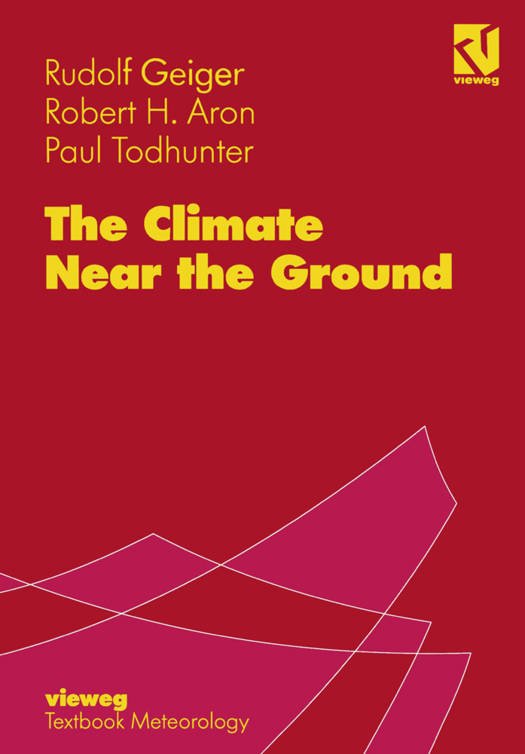
Je cadeautjes zeker op tijd in huis hebben voor de feestdagen? Kom langs in onze winkels en vind het perfecte geschenk!
- Afhalen na 1 uur in een winkel met voorraad
- Gratis thuislevering in België vanaf € 30
- Ruim aanbod met 7 miljoen producten
Je cadeautjes zeker op tijd in huis hebben voor de feestdagen? Kom langs in onze winkels en vind het perfecte geschenk!
- Afhalen na 1 uur in een winkel met voorraad
- Gratis thuislevering in België vanaf € 30
- Ruim aanbod met 7 miljoen producten
Zoeken
€ 83,95
+ 167 punten
Omschrijving
Anyone who merely turns the pages of this new edition will find that 48 percent of the fig- ures are familiar to him from the third edition. But whoever reads it will discover that no three consecutive pages of text have been transferred unaltered. The enormous development that has taken place since 1950, particularly the surprising extension in the practical applica- tions of micrometeorology, have made it necessary to rewrite the book. In producing this work, I had in mind two aims which were linked more closely to each other than I had at first dared to hope. The new edition was to be a clear and vivid textbook for those who were just taking up the study of microclimatology, and at the same time a ref- erence work for those already familiar with the subject. For the fIrst task, I had in mind the students who would recoil with horror at the insurmountable barrier of an apparently unlim- ited and ever-increasing pile of literature and thus were in need of assistance. In addition, I was thinking of colleagues working in related sciences, who have no time to study our liter- ature.
Specificaties
Betrokkenen
- Auteur(s):
- Uitgeverij:
Inhoud
- Aantal bladzijden:
- 528
- Taal:
- Engels
Eigenschappen
- Productcode (EAN):
- 9783322865847
- Verschijningsdatum:
- 12/02/2012
- Uitvoering:
- Paperback
- Formaat:
- Trade paperback (VS)
- Afmetingen:
- 170 mm x 244 mm
- Gewicht:
- 861 g

Alleen bij Standaard Boekhandel
+ 167 punten op je klantenkaart van Standaard Boekhandel
Beoordelingen
We publiceren alleen reviews die voldoen aan de voorwaarden voor reviews. Bekijk onze voorwaarden voor reviews.









